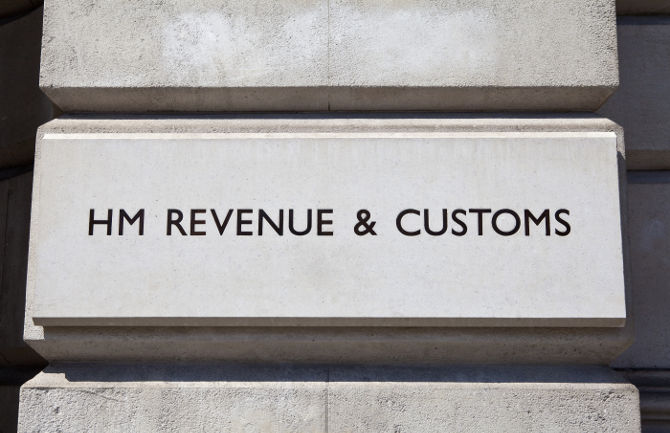New changes to the Stamp Duty Land Tax (SDLT) are making some investors explore whether commercial property investment is becoming a viable alternative to residential buy to let.

According to the Office for National Statistics, residential property prices increased from the 7% in the year up to October to 7.7% in the 12 months to November 2015. Average house prices during this period in the UK jumped by £17,000 to £288,000, which is more than three times the 2.4% rise in average earnings.
For decades, landlords and property investors have benefitted from a favourable tax regime, which in turn has fuelled the demand for Britain’s housing.
With the increased number of investors taking advantage of this, first time buyers who are trying to get on the property ladder have found it challenging to gather enough funds for a deposit. It’s the classic case of supply and demand.
Foreign investors from places like China, the US and Middle East, see the UK as a stable economy to invest in property. Since 2010, the Office for National Statistics reported that foreign investors own nearly £1 trillion of British companies and by 2015*, 10% was in UK residential property.
The changes to pensions is also a major factor in the increase of buy to let, as now, retirees no longer have to buy an annuity and some are spending their pension pot on investment property.
These factors have spawned many problems, which the government is now aiming to combat. Chancellor George Osborne, in the summer of last year, announced that tax incentives for buy to let landlords would be cut, then in the Autumn Statement he revealed that there would be an increased stamp duty on investment properties.
Some investors are now looking into other avenues to spend their money away from the property market altogether. While some have started to take interest in the world of commercial property investment.
At the beginning of last year, it was reported that over £4bn went into funds that invested in commercial property. CBRE’s latest Monthly Index showed that 2015 ended strong on investment thanks to the highest rental value growth since 2008. In a recent report commissioned by the British Property Federation, it revealed that over seven million UK citizens have a retirement fund directly linked to the commercial real estate sector, as it offers stable, long term income and flexibility.
When investing in commercial property, there are many factors that need considering before taking that step.
Some investors find that there are longer tenancies available that can range from 2 to 15 years, compared to a typical residential property that is let on an assured shorthold tenancy, often as brief as six months. However, the risk of void periods do occur and it can take longer to fill them in the commercial sector, because lease transactions are more complex.
2016 is going to be a year of significant changes and big decisions in the buy to let market, and with that, the commercial property sector could become a much more enticing place for investors as they look for alternative returns on their funds.
*Source – Office for National Statistics (ONS)